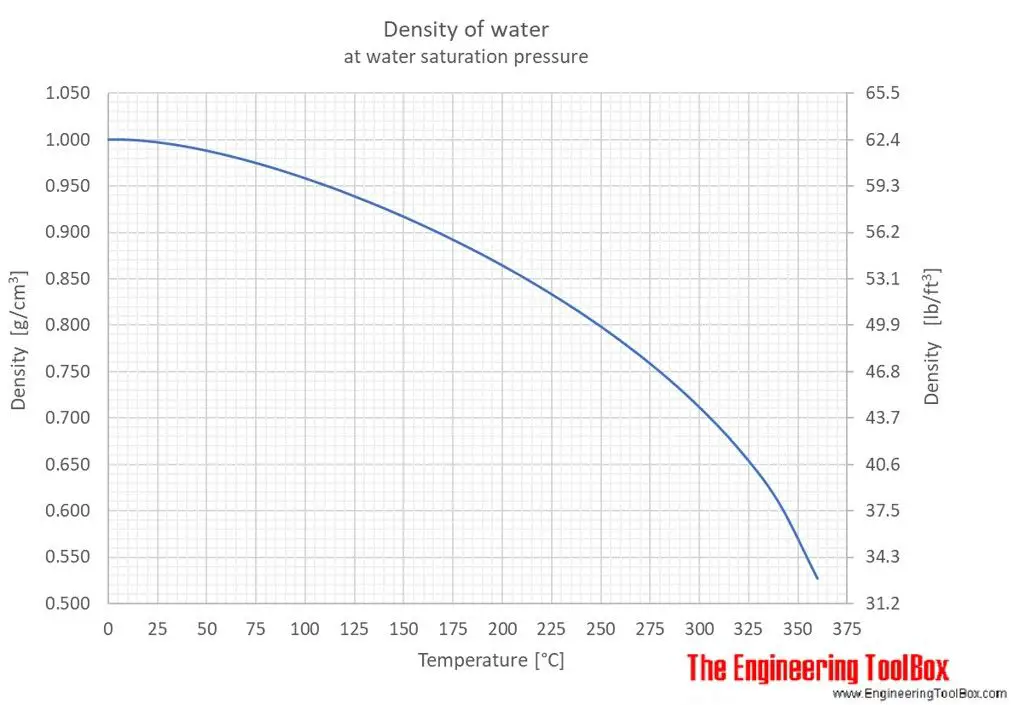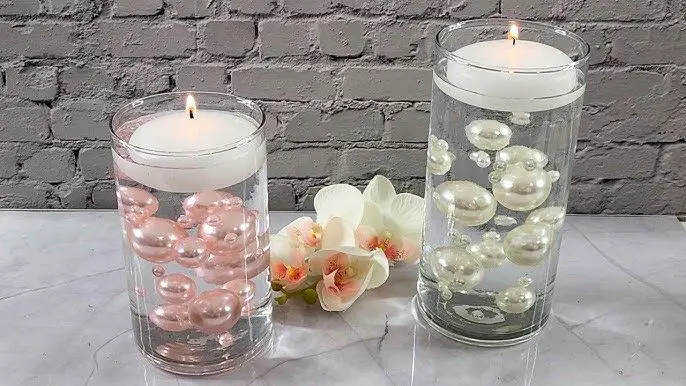Can You Float Votive Candles?
Votive candles, also known as prayer candles, are small candles intended to be used as an offering or decoration in religious ceremonies or personal rituals.
Votive candles are generally around 1-3 inches tall and 0.5-1 inches wide. They come in a variety of colors, though white and yellow beeswax are most common. Votive candles are designed to burn for 5-10 hours.
In the Catholic tradition, votive candles are lit as an offering to God or saints. The candles represent prayers and intentions offered. Votive candles are placed in candle holders, arranged in racks or votive stands. They are commonly found in churches and home altars.
Beyond religious uses, votive candles are also popular for decorative purposes. Their small size makes them suitable for accent lighting, centerpieces, and mood setting. Votive candles add a warm, cozy glow to dining tables, living rooms, bedrooms and more.[1]
Safety Concerns
Floating candles may seem harmless, but they can actually pose serious fire hazards if not used properly. According to Candle Safety Advice – us.waxlyrical.com, drafts can cause floating candles to burn unevenly, drip excessively, or even cause the wick to flare up. This makes the candle more likely to ignite any nearby flammable materials. Additionally, lightweight curtains or fabrics can easily blow into the flame if there is a draft, creating a fire risk.
The open flame of a floating candle also makes it more dangerous than traditional votive candles or candles in containers. As noted on the Wedding Bee forums, the small flame may seem harmless but does pose a real risk of igniting table linens, floral arrangements, or other decor. According to The Straight Dope forums, building and home fires from floating candles occur every year, especially when used improperly.
In summary, the open flame, potential for drafts, and proximity to flammable materials can make floating candles a serious fire hazard if not used cautiously.
Methods for Floating
There are a few different techniques people use to float votive or tea light candles in water:
– Using plates or bowls: Floating candles in a plate, bowl, or other wide container is one of the easiest methods. The container helps support and keep the candle upright.
– Using foil: You can create a floating platform for the candle by carefully shaping foil into a boat or raft shape. This supports the candle while hidden just below the water surface.
– Sealing the bottom: Melting wax over the bottom of a tea light seals it so water can’t enter. This allows the candle to float by itself without support.
– Using floating candle holders: Clear plastic or glass holders are designed to float candles in pools or larger bodies of water.
– Adding bubbles: Some add a drop of dish soap to create bubbles, allowing candles to float on the foam.
The key for any method is ensuring the candle remains upright and the wick stays dry above the water level so it can burn.
Best Practices
When floating candles in water, safety should be the top priority. According to CandleScience, it’s important to use containers that are wide and shallow to prevent tipping and spilling. The water should be at least 1-2 inches deep to keep candles stable. Consider using floating platforms or holders designed for candles to improve safety.
The Crafter’s Choice recommends using only wax or gel candles, not oil candles which can spill fuel into the water. Trim wicks to 1⁄4 inch before lighting to prevent excessive smoke or flame height. Extinguish candles before 1/2 inch of wax remains to prevent instability. Do not leave burning candles unattended near flammable materials.
For best results, carefully follow candle safety practices and only use recommended containers, waxes, wick types and water levels when floating candles. Prioritize fire prevention and supervise burning candles at all times.
Candle Materials
The type of wax and wick used can significantly impact whether a candle is able to float properly. Paraffin wax, a byproduct of petroleum refining, is the most commonly used candle wax. It has a relatively low melting point, which allows candles to burn evenly. However, paraffin’s low density also makes it more difficult for votive candles to float compared to denser waxes like soy or beeswax. Paraffin votives may need additional modifications like a heavier wick in order to float properly.
Soy wax, made from soybean oil, has a higher density and melts at a slightly higher temperature than paraffin. This increased density makes it easier for soy votive candles to float on water. Soy wax is also a renewable resource, making it a more eco-friendly option. Beeswax, which comes from honeycomb, has an even higher density and melt point than soy, making it a good choice for floating votives. The drawbacks are that beeswax can be quite expensive and has a distinctive honey aroma.
In addition to wax type, wick size plays a key role. Larger wicks designed for floating candles help generate more heat to melt a deeper wax pool, which allows the candle to float by redistributing wax weight. Wicks that are too small may not melt enough wax for the candle to stay afloat. Testing different wick sizes with the wax type is recommended to find the optimal balance for floating.
Water Density
An important factor in successfully floating candles is managing the water’s density. Water density refers to the mass of water per unit volume – it is determined by the temperature of the water. As water heats up, the molecules gain energy and move further apart, decreasing the density. The lower the density, the easier it is for objects, like candles, to float on top of the surface.[1]

In general, hot water has a lower density than cold water. So for best results when floating candles, you’ll want to use warm or hot water. The higher the temperature of the water, the greater the floating capacity it provides. You can experiment with water temperatures between 100-180°F to find the ideal density for floating the specific candles you are using.
Monitoring water temperature is key, as you don’t want the wax to melt from water that is too hot. Finding the sweet spot for water density through temperature regulation is critical for successfully floating candles of all sizes and materials.
Alternatives
If you want the look of floating candles without the safety concerns of real flames, there are some great battery-powered options. These flameless floating candles provide beautiful ambiance without the danger of open flames:
Battery-operated LED floating candles are a safer alternative. These candles use small LED lights to mimic the flickering glow of a real candle flame. LEDs are cool-burning and can float safely on water. Popular options include Homemory Waterproof Flameless Floating Tealights and other battery-powered floating candles.
With LED floating candles, you get the dreamy ambiance without the fire hazard. They’re perfect for centerpieces, events near water, or anywhere you want beautiful lighting without open flames.
Aesthetic Design
When arranging floating candles for visual appeal, there are a few key tips to keep in mind:
– Vary the candle heights to create dimension and interest. Taller candles in the back graduating to shorter candles in the front looks striking. You can also cluster candles of the same height together for a clean and cohesive look. Source
– Use floating candles of different widths and shapes for contrast. Mixing cylinder, pillar, and spherical candles adds appealing asymmetry. Source
– Alternate candle colors within a single arrangement or use candles of the same color palette for a coordinated appearance. Monochromatic looks are sophisticated while multicolor can be playful. Source
– Cluster smaller candles around one large showpiece candle in the center for a focal point. Surround this with greenery for an organic look. Source
– Place candles at varying distances and angles rather than uniformly spacing them out. Creating organic groupings avoids a rigid or inorganic look. Source
Troubleshooting
Floating candles can sometimes tip over or sink if not set up properly. Here are some troubleshooting tips:
- Make sure the candle holder or vessel is wide and flat enough to support the candle. Shallow containers may cause tipping.
- Check that the water level covers at least an inch of the candle. Too little water will lead to tipping and instability.
- Use enough crystals or gems in the vessel to hold the candle upright. Generally you need 1-2 inches of filler at the bottom.
- Trim the wick to 1⁄4 inch before floating to prevent uneven burning.
- Choose a high quality candle designed for floating. Household candles may not burn evenly.
- Avoid drafts which can disturb floating candles. Shelter candles from fans or vents.
- If using floating LED lights, check battery levels. Weak batteries can cause flickering and instability.
- Clean the vessel and replace water periodically to prevent buildup around wicks.
With proper set up and quality supplies, floating candles can remain stable and upright throughout their burn time. Adjust positioning or water levels if a candle seems unbalanced or tips over frequently.
Conclusion
In summary, floating votive candles can create a beautiful ambiance, but it’s critical to keep safety top of mind. Only use containers specifically designed for floating candles, like glass hurricanes, and avoid makeshift floating devices. Select high-quality candles made from paraffin, soy, or beeswax, and trim wicks to 1⁄4 inch before lighting to prevent excess smoke and dripping. Use water, not other liquids, in volumes that fully submerge and stabilize candles. Position hurricanes on flat, stable surfaces away from flammable materials. Never leave burning candles unattended. Take care not to overload extension cords if using electric candles. With mindful precautions, floating candles can be an elegant decorative touch.
Above all, never compromise safety in pursuit of aesthetics with open flame. If unsure how to float candles properly, consider battery-operated alternatives. Creativity need not come at the expense of responsible fire safety.




